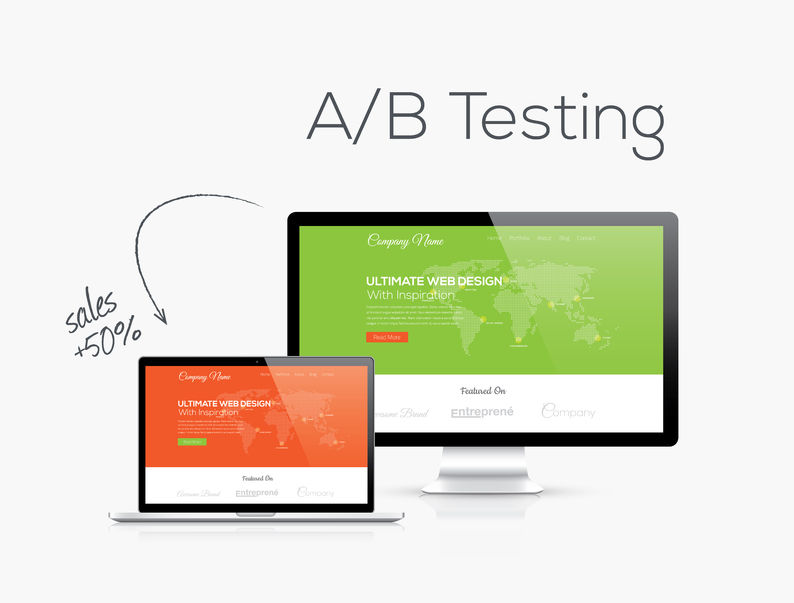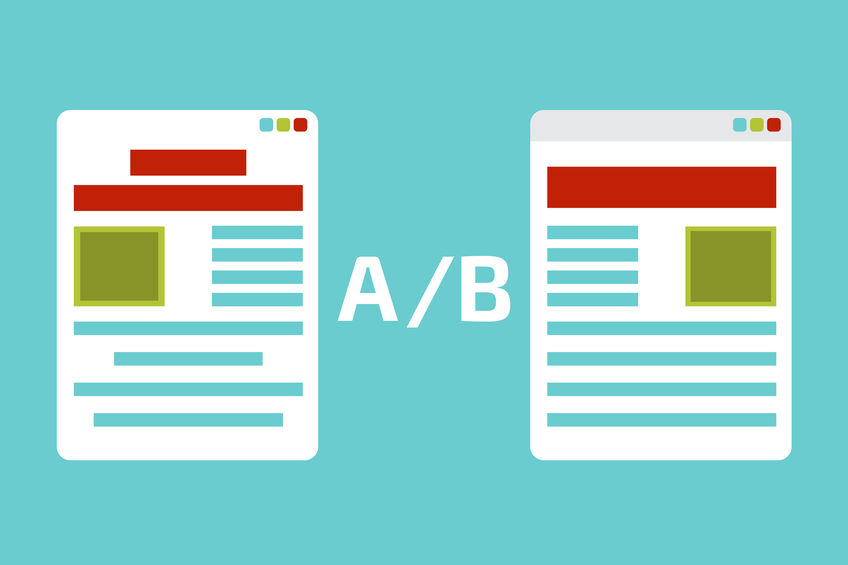
When investing time and money in marketing, it’s critical for your company’s resources to be directed toward the most effective initiatives. Therefore, it is important to review and analyze the performance of all marketing programs. Analysis helps fine-tune marketing efforts and enables you to make adjustments that will generate a higher ROI. Earlier blogs have explored the analytics process and its potential uses. But, there’s a step before analysis that is often not given the focus it deserves: testing.
Analysis vs. Testing
The most common approach to analysis is known as “customer journey analysis.” Just like the name states, this analysis follows the journey of prospects from their initial discovery of a company to their conversion into becoming paying customers. This style of analysis does not depend on deliberate tests and comparison. Rather, it derives from extensive research, gathering data, organizing it, and then drawing insights from common trends and statistics.
A/B testing works more like a scientific experiment. There is a control subject and a variable subject. Each are run against each other with identical parameters to see which performs better. The most common use for A/B testing is website optimization with 77% of companies regularly testing website elements such as call-to-action buttons, headlines and copy. Other major testing areas include email campaigns, paid search and advertising. 71% of companies are doing two or more A/B tests per month.
Put A/B Testing Into Practice
A/B testing may be less common than customer journey analysis because it requires a preemptive plan. Customer journey analysis happens after the fact, by gathering data and conducting research on past events or environments. In A/B testing, we create the environment and implement the event. Here’s how:

- Define the purpose of your test. Is your goal to increase website traffic? Call-to-action clicks? Email open rates? First, identify the problem or goal and then hone in on those areas that need to be evaluated.
- Consider potential variables. Variables will be dependent on what you’re testing. For example, if you’re testing email, think about subject lines, personalization, distribution time, graphic design, call-to-action location and design, style of messaging and length of copy. The possibilities for variables are nearly endless. Consider priorities and choose a variable that correlates best with your overarching goal. The key to A/B testing is to focus on only one variable at a time so there’s a direct comparison. Because of this, A/B testing can be time consuming, but once the results are in, they’re far more valuable than random analysis.
- Establish a timeline and parameters. With any experiment, a variable must be surrounded by constants. Ensure you’re getting the most out of your test by following a precise timeline with specific parameters. This helps to keep testing consistent and also provides benchmarks to narrow down what success looks like.
- Test, analyze and repeat. A/B testing thrives on continued use. One test on email subject lines isn’t going to cover it. Gather and analyze results from one test, refine to your audience’s preference, then choose another variable and continue. This constant maintenance helps keep your marketing initiatives fresh, relevant and meaningful to your target market.
Past or Present?

Remember, while analysis represents an important part of marketing, it involves looking at the past. It requires gathering information about engagement, traffic, ad effectiveness and other variables by sifting through existing data. On the other hand, active A/B testing and comparison enables companies to evaluate results in real time. Although it requires more planning and effort, this approach can greatly increase understanding of your target market and boost conversion significantly.
